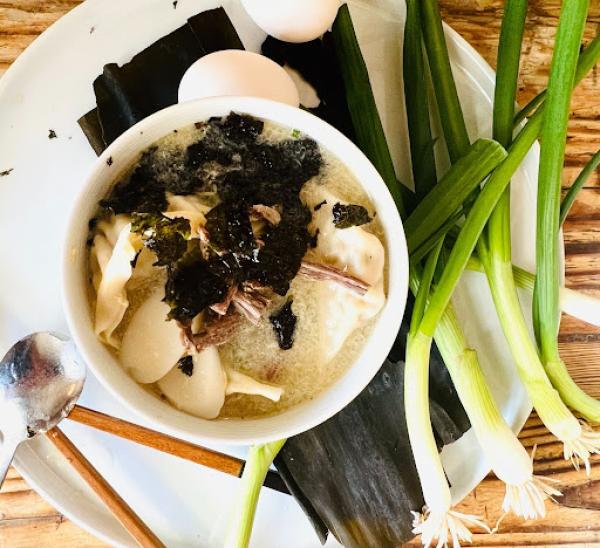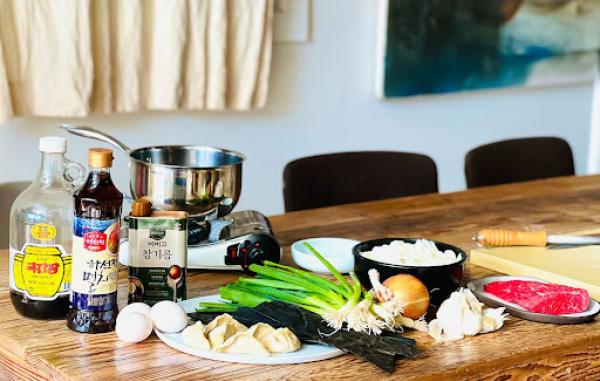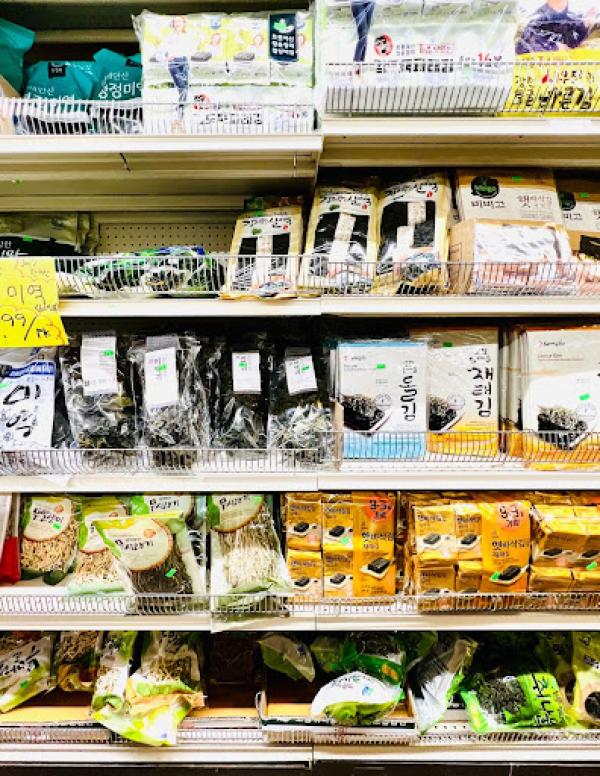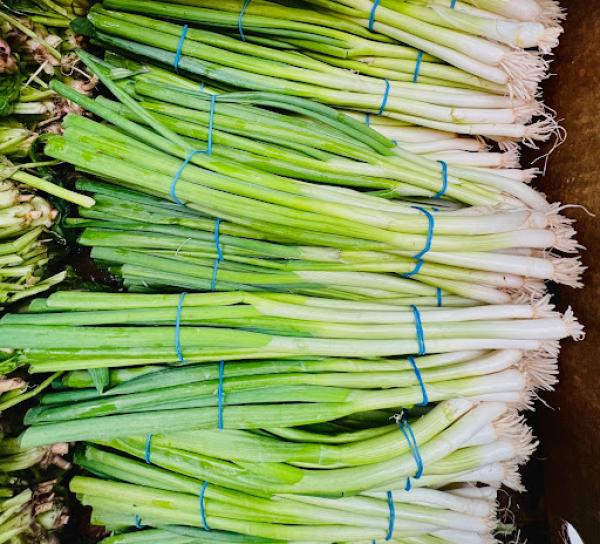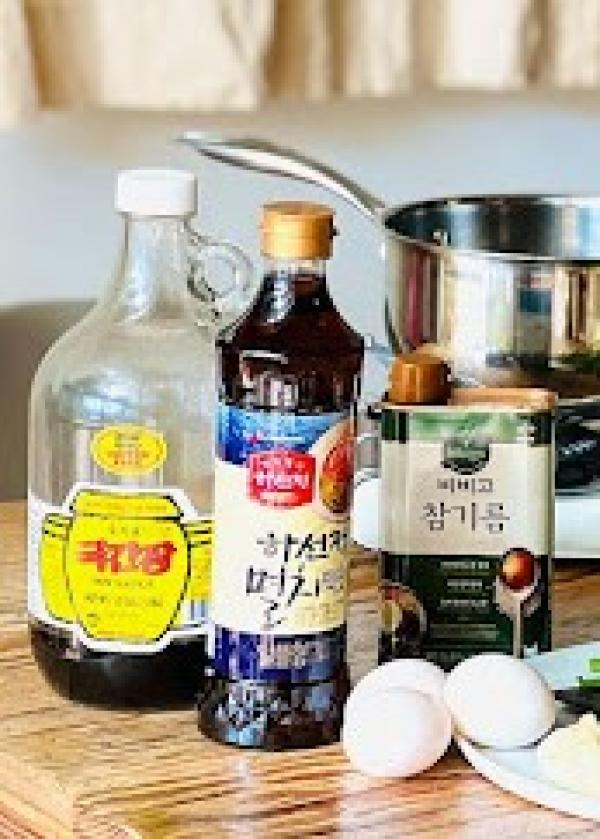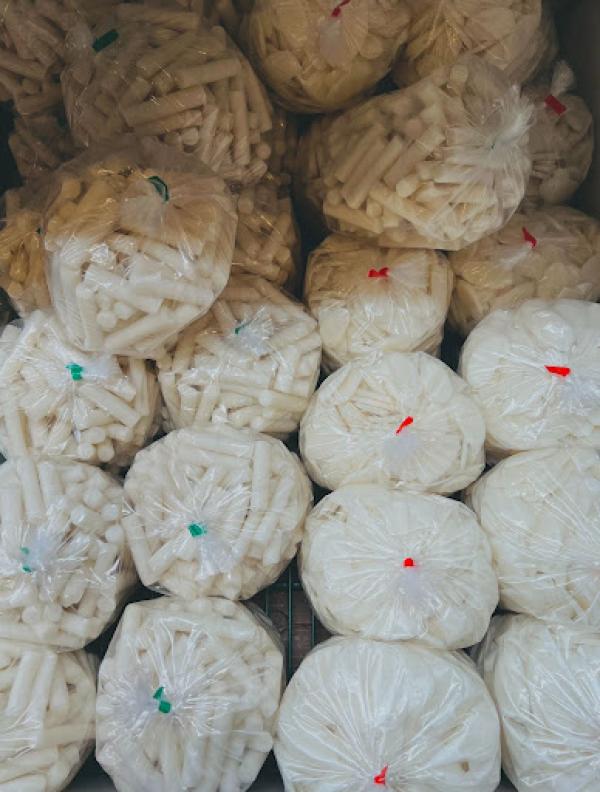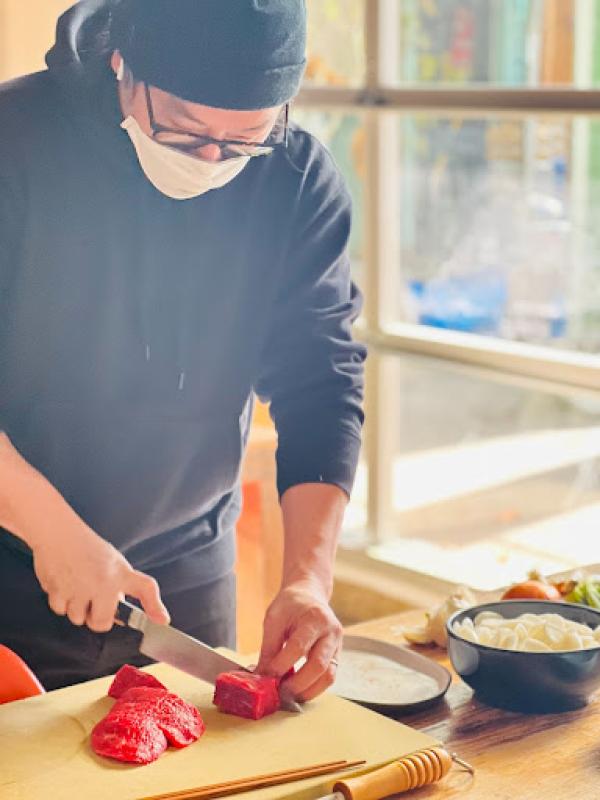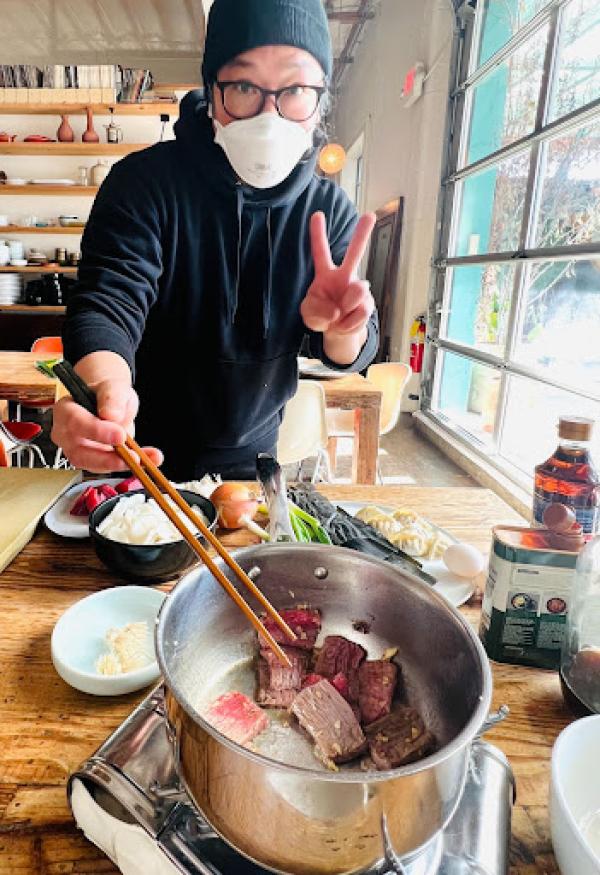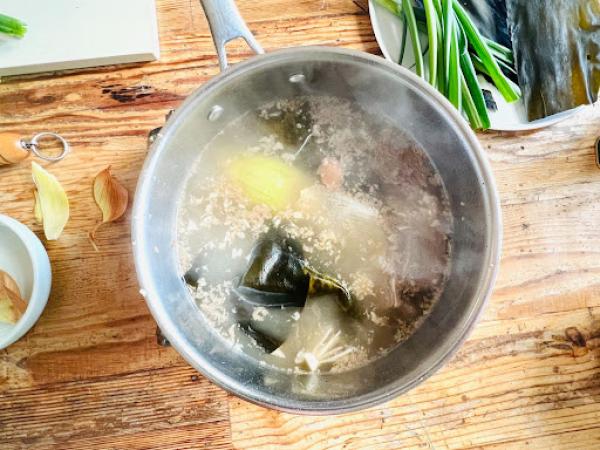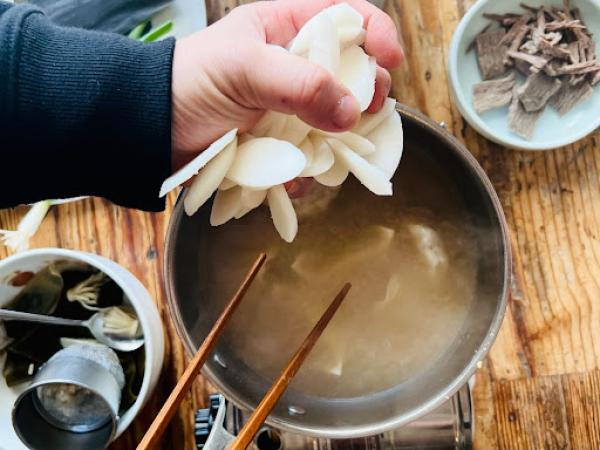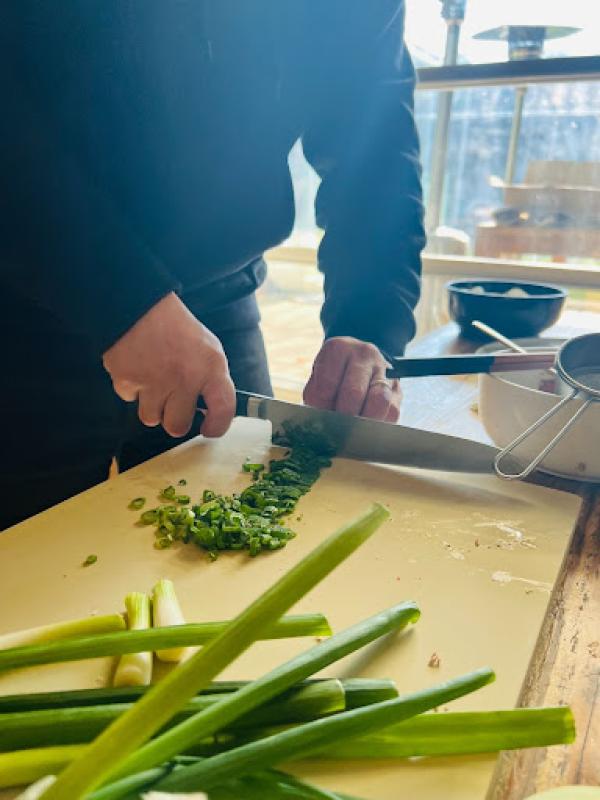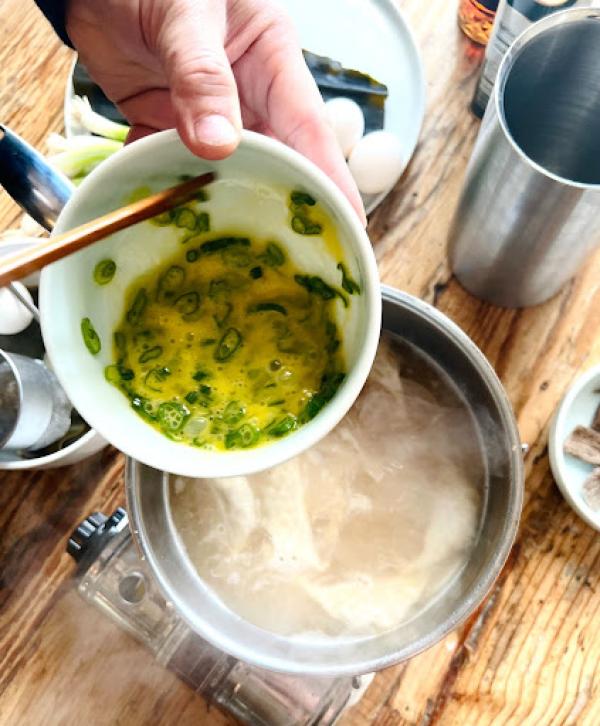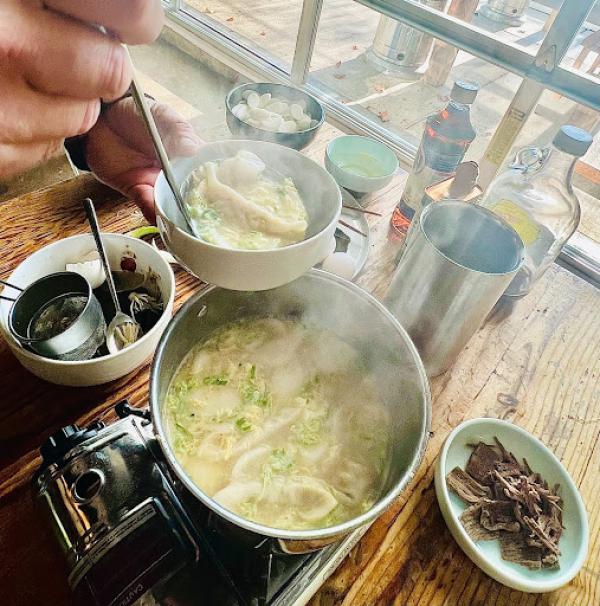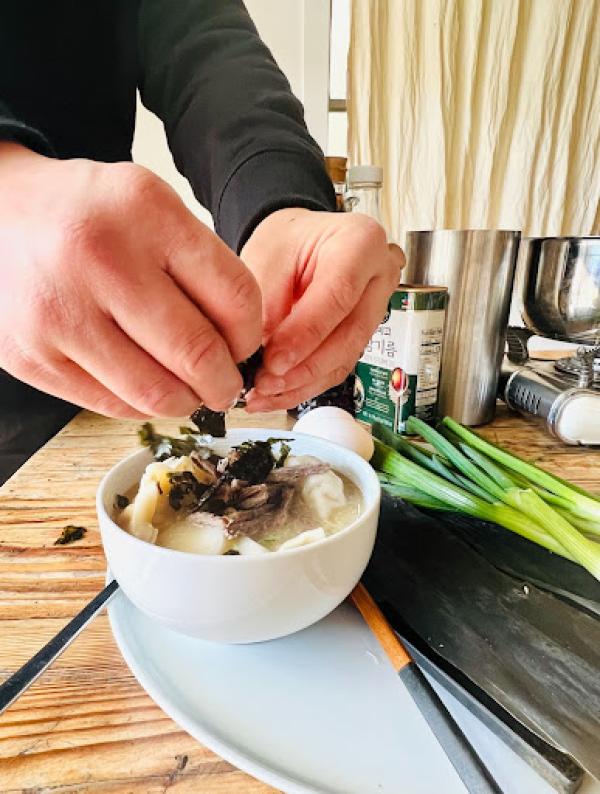January 28, 2022
Make Grandma Myung Ja’s Humble Tteokguk Recipe for Lunar New Year
Peter Cho of Han Oak restaurant in Portland shares his mom’s recipe for this delicious Korean tradition.
Many thanks to Sun Park, Peter Cho, and Peter’s mother Myung Ja for sharing a special family recipe with photographs and writing these thoughtful reflections on food, family, and celebration. Read more about how they balance home and work life.
No matter our culture, traditions, language, or background – celebrations around the world revolve around food. Sharing a special meal is ubiquitous and it connects us all. Lunar New Year is an opportunity for us, as Korean Americans, to share our traditional celebratory rice cake soup, “tteokguk,” with genuine hope that 2022 begins with a fresh start and a prosperous future for our community near and far. Whether you’re honoring a holiday or sitting down to an everyday dinner, connecting over a meal is a great way to share cultural experiences.
There are many variations of tteokguk recipes and backstories out in the vast ethers of the internet. We encourage you to find one that allows you to be as ambitious as you’d like! In our house, grandma makes our tteokguk. It’s humble, comforting, and fast to satiate the incoming hungry parents and grandchildren ready to eat.
About the Ingredients
Walking through aisles of unfamiliar items at your local Korean or Asian grocer can be daunting. Bags of unidentifiable contents with labels in different languages can make you feel aimless and overwhelmed. Armed with a simple list of ingredients with descriptions and photos, your visit to the grocer can be fun for the whole family. Every Korean and most Asian grocers will have everything you need to make a delicious tteokguk.
For the Stock
Dried Kelp: “Dashima” in Korean, “Konbu” in Japanese. This is the base for almost all Korean dishes with its umami-rich flavors. High in vitamins and particularly iodine, it is nutritious as well. Though you only need a small sliver at a time, dashima is sold in large quantities and found in the dried vegetable aisle. Stored in a sealed, dry container or bag, dashima almost never expires so you can enjoy it for years to come.
Asian Leeks: “Dae-pah” in Korean, “Negi or Naganegi’’ in Japanese. It has a simple, sweet flavor and looks like a cross between a green onion and a leek. This is not always readily available at the markets and can easily be substituted with scallions/green onions as we have done here.
Soy Sauce for Soup: “Guk Gang Jang” in Korean is different from regular soy sauce with a deeper, saltier and umami-rich flavor. Found in the sauce aisle, it’s slightly lighter in color, less is needed, and broth color retains as much lightness in color and transparency as possible.
Tteok: Korean rice cakes come in all different shapes and sizes. For our purpose we’ll be using a version that is tube extruded and sliced thin on a diagonal. This creates a perfect oval-shaped “coin” that fits perfectly on a spoon for easy scooping up and cooks quickly. In tteokguk these white coins symbolize prosperity and a clean, fresh slate to begin each new year. Seek out your market’s fresh-made options in the refrigerated section. If that’s not available, you can always find tteok in the frozen section.
Grandma Myung Ja’s Humble Tteokguk
Instructions
Making the Stock:
1. Cut the beef eye round into thin slices. Season meat with 2 tablespoons of soup soy sauce and a light sprinkle of salt and pepper.
2. Drizzle a teaspoon of sesame oil into pot over medium heat and gently toast the minced garlic. Quickly add meat until lightly browned.
3. Add water, dashima, onion skin, and Tokyo onion roots (we substituted this with scallion roots as Tokyo onions were not readily available at our local market). This will flavor your stock into a mild, sweet, and umami-rich base.
4. Once up to a boil, simmer for 30 minutes on low heat.
5. Remove dashima, dae-pa, onion skin, and meat and skim all the froth floating on top for a cleaner broth.
6. Slice or shred meat by hand into thin strands and set aside in a small plate. We’ll use this to garnish our soup when it’s ready to serve.
Preparing the Tteok and Optional Mandu (dumplings):
A common addition to tteokguk is mandu – Korean dumplings filled with meat, tofu, and vegetables – Grandma likes to add the optional mandu for added protein, vegetables, and nutrition.
7. If using frozen, store-bought mandu as we have, refer to the boiling time recommended on the instructions. If making dumplings from scratch, boiling time is usually about 5 minutes or until all the dumplings begin to float.
8. Taste and season stock as needed with soup soy sauce and a sprinkle of salt or water.
9. Rinse tteok to remove the excess layer of starch and flour, drain and add them to the pot of stock.
10. Boil until the tteok is cooked through – you’ll know it’s done when the texture is soft, chewy, and delightful.
Incorporating Egg and Scallions:
Traditionally, a formal tteokguk is prepared with julienned egg slivers as a garnish. It presents very nicely though we find it lacks flavor and we prefer Grandma’s more humble version – drizzling raw egg into the soup builds a satisfying depth. Peter prefers to stir gently by hand while the egg cooks to build the egg into the broth a bit more.
11. Beat the egg and mix in chopped scallions.
12. Gently pour the egg scallion mixture into the pot of stock, allowing the movement of the boiling water to cook the egg. This will result in just the right texture – gentle floating ribbons and flakes of soft poached egg.
13. When the egg is cooked through, which should be within seconds, the soup is ready to serve.
Serving Your Tteokguk:
To serve, scoop 2 to 3 dumplings into each bowl along with rice cakes. Grandma likes to use scissors to cut thin slices of roasted seaweed into a small bowl to sprinkle fingerfuls into each bowl right before serving. Peter prefers to crush a couple pieces with his hands over each bowl.
Have salt and pepper ready to allow everyone to season to their own unique tastes. Don’t forget to serve with a side of kimchi and please enjoy with our well wishes for a beautiful 2022!
Share your photos and video of making Grandma Myung Ja’s Humble Tteokguk recipe with us on Instagram! Use #HealthyFuture to be featured in our stories!
Learn more about Lunar New Year traditions and discover more ways to celebrate food, family, and culture!


